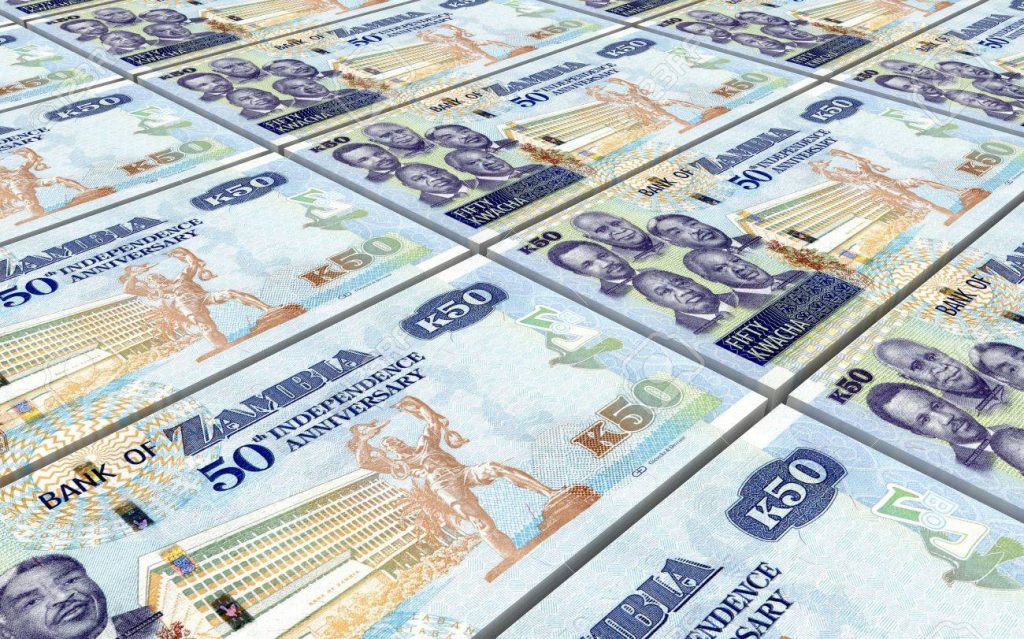Despite elevated inflation in the 20’s money markets in the red metal producer continue to see increased appetite for government securities. Last Thursday’s treasury bill sale raised K1.4 billion out of a total of K3.4 billion in bids whose concentration was in the one year tenor paying 13.9998%.
The short term (1year >=) Kwacha demand curve is significantly below inflation across the tenors which makes real returns negative. Arguably inflation has seen an ebb as base effects kick in and lagged effects of currency appreciation weigh. Inflation is expected to trend lower but could have some risks stemming from global energy prices that are trending bullishly given supply bottlenecks.
The treasury bill curve has seen a rapid compression in the last two months as demand for government securities spikes as a part of the post election bond bump that continue to factor lower political risks with Hakainde Hichilema’s ascension to power as Zambias head of state.
READ ALSO: Wall Street talks, the Kwacha walks albeit at a faster pace
With the one year rallying over 11.5% since August 20 money markets are signaling margin squeeze pressure as the bear the brunt the pressure of contraction of internet income lines while the ebbing trajectory is signaling stimulus for credit growth required for economic rebound.
WHAT ARE MARKETS ARE REALLY SAYING
They say the shape of the yield curve reflects the borrowing patterns of the state. For a long time the kinked yield curve showed anxiety among investors that are weary of Zambia’s frail sovereign posture. Risk skew until after August was on the short end providing higher yielding short dated assets as opposed to the longer tenors. Yields were priced high factoring in default rating premiums with the bond yields in the 30’s. However with a confidence boost with leadership change in the copper producer, Zambia has, because a destination for excess global liquidity that has pushed prices high (yields are inversely proportional as such explaining the fall in rates). The influx of dollar liquidity has provided supported the exchange rate over the last 2 months. Inflation seems to be climbing down over the long term with 8 quarters to attaining the 6-8% target band ceteris paribus (According to the Bank of Zambia last MPC communique). This will address the under water paradox (consumer price index > government security yields). The biggest take away from the flattening curve is that, the government security curve is the benchmark for funding and lending rates which should start to reprice lower for fresh credit issuances.
Zambia next primary treasury bill auction is in a fortnights time on October 21.
The Kwacha Arbitrageur

